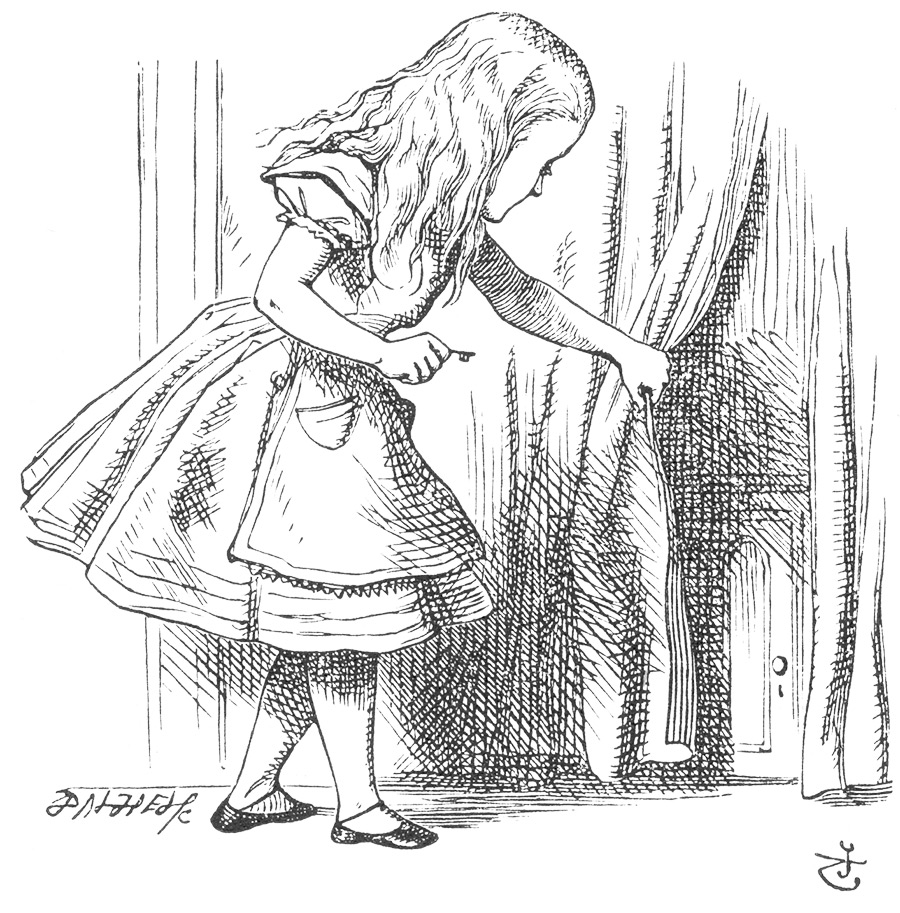
“Alice soon came to the conclusion that it was a very difficult game indeed.”
Chapter VIII
Alice’s popularity and influence is truly universal: the book has been translated into over 170 languages, in over 300 editions. The process of translating its wordplay, riddles, and nonsense songs is not simple; translators are tasked not only with producing a coherent version of the text but also capturing Carroll’s wit and whimsy.
Carroll himself was very interested in translations of the work, pursuing translators even before Alice was published in English. The German Alice’s Abenteuer im Wunderland, translated by Antonie Zimmerman, was published first, in February 1869, while the French Aventures d’Alice au Pays des Merveilles, translated by Henri Bué, was issued that summer. Both editions included parodies of verses familiar to children in their respective countries; an 1872 Italian edition was the first to translate the text in Tenniel’s illustrations as well.
Houghton Library’s collection includes editions of Alice in over 20 languages, including Hungarian, Serbo-Croatian, Hebrew, Finnish, and two versions of shorthand.
The first foreign language edition of Alice was published in German by Macmillan in 1869; a number of German editions followed. Austrian poet Helene Scheu-Riesz provided the translation for this edition, accompanied by Uriel Birnbaum’s earthy illustrations.
Alice was first published in Russian by an unknown translator in 1879. Vladimir Nabokov began this new translation as a Cambridge undergraduate; it was published a year before his first short story appeared.
Nabokov “Russified” many of Carroll’s puns and nonsense verse, and recontextualized various episodes for a Russian audience: when Alice (renamed Anya) meets the Mouse in Chapter 2, she wonders if he is a French mouse who remained in Russia after Napoleon’s retreat.
This Greek translation of a 1948 Classics Illustrated Alice comic book was illustrated by Alex Blum.
It is possible that Alice is more popular in Japan than in English-speaking countries; many Japanese translations have been published, along with Alice comics, plays, film and anime productions, games, and other products. Fans can visit an Alice-themed restaurant in Tokyo, or one of several Alice shops across the country.
Alice has not only been published in spoken languages. Along with Latin and even Klingon, it has also appeared in three different shorthand systems.